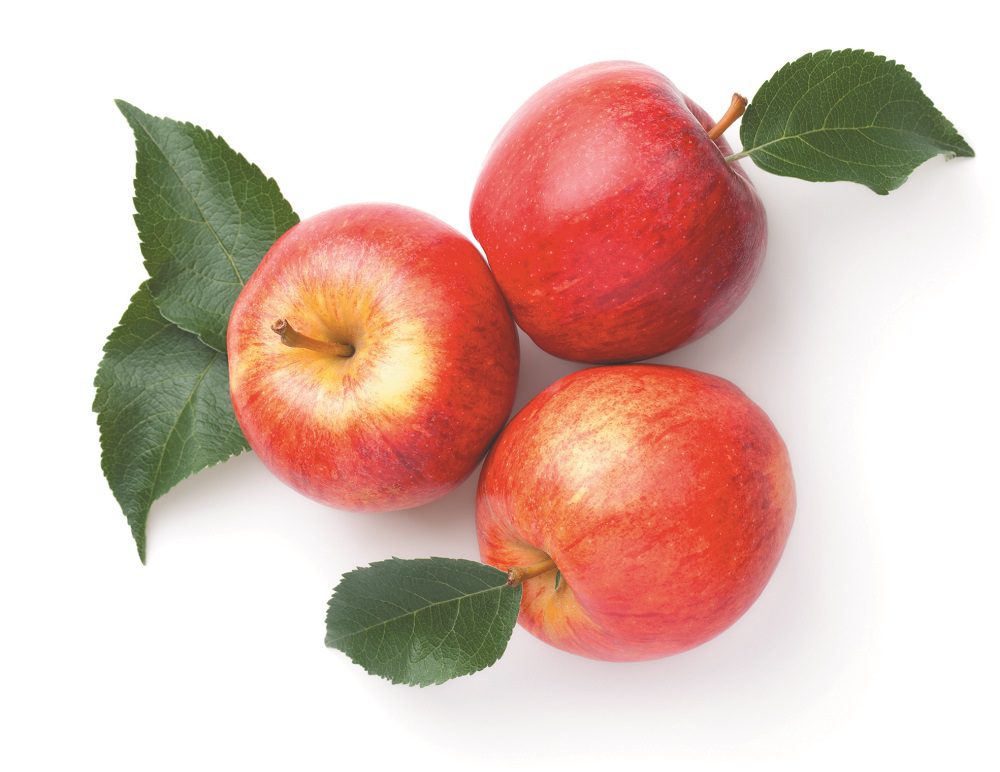If you’re age 65 or older, your doctor may have told you to follow a low-salt diet. A low-salt diet, also known as a low-sodium diet, is essential to prevent and manage heart disease. Here are some tips to try:
- Avoid or limit high-salt foods such as potato chips, frozen meals, packaged products, and canned products.
- Many high-sodium foods don’t even taste salty. For example, a vanilla milkshake (11 oz.) has close to 300 mg of sodium, while 3 ounces of imitation Alaska king crab made from surimi has 715 mg. A croissant clocks in at more than 400 mg, according to the University of Maine Cooperative Extension.
- Read nutrition labels and avoid any foods that have 400 mg or more of sodium per serving.
- Instead, eat more fresh and raw foods like fruits, vegetables, and meat.
- There are many low-salt snacks or prepackaged products. To find them, look for information on the label such as “no salt added” or “low-sodium.” (When reading food labels, low sodium is defined as 140 mg of sodium or less per serving.
- Reduce the amount of salt you cook with. Instead use other spices, garlic, vinegar, and herbs for flavor.
- Watch out for medications, too. Medications that fizz when added to water, such as Alka Seltzer, are high in sodium.


